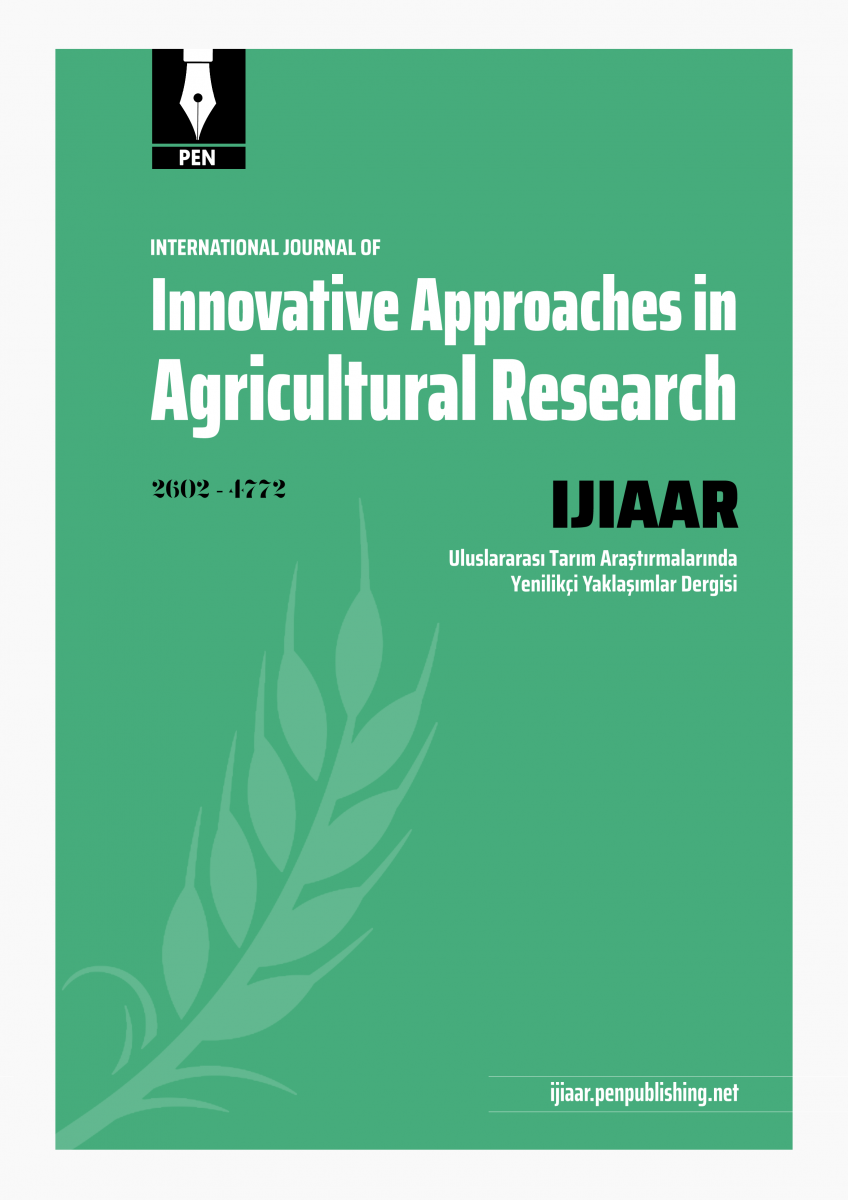- Aznar, M., R. Lopez, J. F. Cacho and V. Ferreira (2001). Identification and quantification of impact odorants of aged red wines from Rioja. GC-Olfactometry, quantitative GC-MS, and odor evaluation of HPLC fractions. J. Agric. Food Chem., 49, 2924-2929. [Google Scholar]
- Bell, S.J. and P. A. Henschke. (2005). Implications of nitrogen nutri¬tion for grapes, fermentation and wine. Aust. J. Grape Wine Res., 11, 242-295. [Google Scholar]
- Chobanova, D. (2012). Enology. Part I: Composition of wine. Academic Press of University of Food Technologies, Plovdiv (BG). [Google Scholar]
- Dignum, M. J. W., J. Kerler and R. Verpoorte (2001). β-Glucosidase and peroxidase stability in crude enzyme extracts from green beans of Vanilla planifolia Andrews. Phytochem. Analysis, 12(3), 174–179. [Google Scholar]
- Ebeler, S. (2001). Analytical chemistry: Unlocking the secrets of wine flavor. Food Rev. Int., 17, 45–64. [Google Scholar]
- Etievant, P.X. (1991). Volatile compounds of food and beverages. In: Maarse, H. (ed). Dekker, New York. p: 546. [Google Scholar]
- Fenoll, J., A. Manso, P. Hellín, L. Ruiz and P. Flores. (2009). Changes in the aromatic composition of the Vitis vinifera grape Muscat Hamburg during ripening. Food Chem., 114, 420-428. [Google Scholar]
- Guth, H. (1997). Quantitation and sensory studies of character impact odorants of different white varieties. J. Agric. Food Chem., 45, 3027–3032. [Google Scholar]
- Ivanov, M. (2016). Hybridization in the vine selection. Academic Press of Agricultural University, Plovdiv, Bulgaria. (BG). [Google Scholar]
- Ivanov, M., I. Simeonov and Z. Nakov (2012). Trapezitsa – new red wine grapevine variety. Agric. Sci., 45(1), 57-62. [Google Scholar]
- Ivanova, V., M. Stefova, B. Vojnoski, T. Stafilov, I. Bíró, A. Bufa, A. Felinger and F. Kilár (2013). Volatile Composition of Macedonian and Hungarian Wines Assessed by GC/MS. Food Bioprocess Technol., 6, 1609–1617. [Google Scholar]
- Kobayashi, M., H. Shimizu and S. Shioya (2008). Beer volatile compounds and their application to low malt beer fermentation. J. Biosci. Bioeng. 106 (4), 317-323. [Google Scholar]
- Lakatošová, J., L. Priesolová, I. Dokupilová and D. Šmogrovičová (2013). Characterisation of Slovak varietal wine aroma compounds by gas chromatography mass spectrometry. Potravinarstvо, 7, 180 – 182. [Google Scholar]
- Lambrechts, M. G. and I. S. Pretorius (2000). Yeast and its importance to wine aroma - a review. S. Afr. J. Enol. Vitic, 21, Special Issue. [Google Scholar]
- Lee, S. J. and A.C. Noble (2003). Characterization of odor-active com¬pounds in Californian Chardonnay wines using GC-olfactometry and GC-mass spectrometry. J. Agric. Food Chem., 51, 8036-8044. [Google Scholar]
- Lengyel, E. (2012). Primary aromatic character of wines. Acta Universitatis Cibiniensis Series E: Food Technology. 16(1): 3–18. [Google Scholar]
- Li, H. (2006). Wine tasting. China Science Press, Beijing, China. [Google Scholar]
- Li, H., Y. S. Tao, H. Wang and L. Zhang (2008). Impact odorants of Chardonnay dry white wine from Changli County (China). Eur. Food Res. Technol., 227, 287–292. [Google Scholar]
- Marinov, M. (2005). Technology of alcoholic beverages and spirits. Plovdiv, Bulgaria: Academic Publishing of University of food technologies. ISSN 0477-0250. (BG). [Google Scholar]
- Marti, M.P., M. Mestres, C. Sala, O. Busto and J. Guasch. (2003). Solidphase microextraction and gas-chromatography olfactometry analysis of successively diluted samples. A new approach of the aroma extract dilution analysis applied to the characterization of wine aroma. J. Agric. Food Chem., 51, 7861–7865. [Google Scholar]
- Mason, A. B. and J. P. Dufour (2000). Alcohol acetyltransferases and the significance of ester synthesis in yeast. Yeast, 16, 1287-1298. [Google Scholar]
- Mateo, J. J. and M. Jiménez (2000). Monoterpenes in grape juice and wines. J. Chromatogr. A., 881, 557–567. [Google Scholar]
- Nakov, Z., I. Simeonov and M. Ivanov (2011). Pamid clone 5/76 – new high productive clone. Agric. Sci., 44(6), 47-53. [Google Scholar]
- Peinado, R. A., J. Moreno, J.E. Bueno, J.A. Moreno and J.C. Mauricio (2004). Comparative study ofaromatic compounds in two young white wines subjected to pre-fermentative cryomaceration. Food Chem., 84, 585–590. [Google Scholar]
- Perestrelo, R., A. Fernandes, F.F. Alburquerque, J.C. Marques and J.S. Camara (2006). Analytical characterization of the aroma of Tinta Negra Mole red wine: Identifcation of the main odorants compounds. Anal. Chim. Acta, 563, 154-164. [Google Scholar]
- Rapp, A. and H. Mandery (1986). Wine aroma. Experientia, 42, 873-884. [Google Scholar]
- Sanchez Palomo, E., M.C. Diaz-Maroto, M.A. Gonzalez Viñas, A. Soriano-Pérez and M.S. Pérez-Coello. (2007). Aroma profile of wines from Albillo and Muscat grape varieties at different stages of ripening. Food Chem., 18, 398-403. [Google Scholar]
- Standard 3752:2005. Alcohol Drinks – Methods of Test (Second Revision). [Google Scholar]
- Sumby, K. M., P. R. Grbin and V. Jiranek (2010). Microbial modulation of aromatic esters in wine: Current knowledge and future prospects. Food Chem., 121, 1–16. [Google Scholar]
- Swiegers, J. H., E. J. Bartowsky, P.A. Henschke and I.S. Pretorius (2005a). Yeast and bacterial modulation of wine aroma and flavour. Aust. J. Grape Wine Res. 11, 139-173. [Google Scholar]
- Tao, Y. and H. Li. (2009). Active volatiles of Cabernet Sauvignon wine from Changli County. Nat. Sci., 1, 176-182. [Google Scholar]
- Velkov, E. (1996). Encyclopedia of alcoholic beverages. Plovdiv, Bulgaria: Poligrafia Ltd. 1996. ISBN 954-698-002-1. (BG). [Google Scholar]
- Vilanova, M., Z. Genisheva, M. Graña, and J.M. Oliveira. (2013). Determination of odorants in varietal wines from international grape cultivars (Vitis vinifera) grown in NW Spain. S. Afr. J. Enol. Vitic, 34, 212-222. [Google Scholar]
- Wang, Y., Y. Xu and J. Li. (2012). A novel extracellular b-glucosidase from Trichosporon asahii: Yield prediction, evaluation and application for aroma enhancement of Cabernet Sauvignon. J. Food Sci., 77(8), M505–M515. [Google Scholar]
- Wilson, B., C.R. Strauss, and P.J. Williams. (1986). The distribution of free and glycosidically-bound monoterpenes among skin, juice, and pulp fractions of some white grape varieties. Am. J. Enol. Vitic, 37, 107-111. [Google Scholar]
- Yankov, А. (1992) Winemaking Technology. Sofia, Zemizdat. 355 pp. (BG). [Google Scholar]
- Yankov, A., S. Kukunov and T. Yankova (2000). Technology of wine and higher alcohol drinks. Publisher: Teodoros, Sofia, Bulgaria, p: 193 (BG). [Google Scholar]
- Nakov, Z., M. Ivanov and I. Simeonov (2017). Comparative study of the yield and quality of selected cones of Gamza variety. J. Mt. Agric. Balk., 20(3), 355 – 362. [Google Scholar]
|

